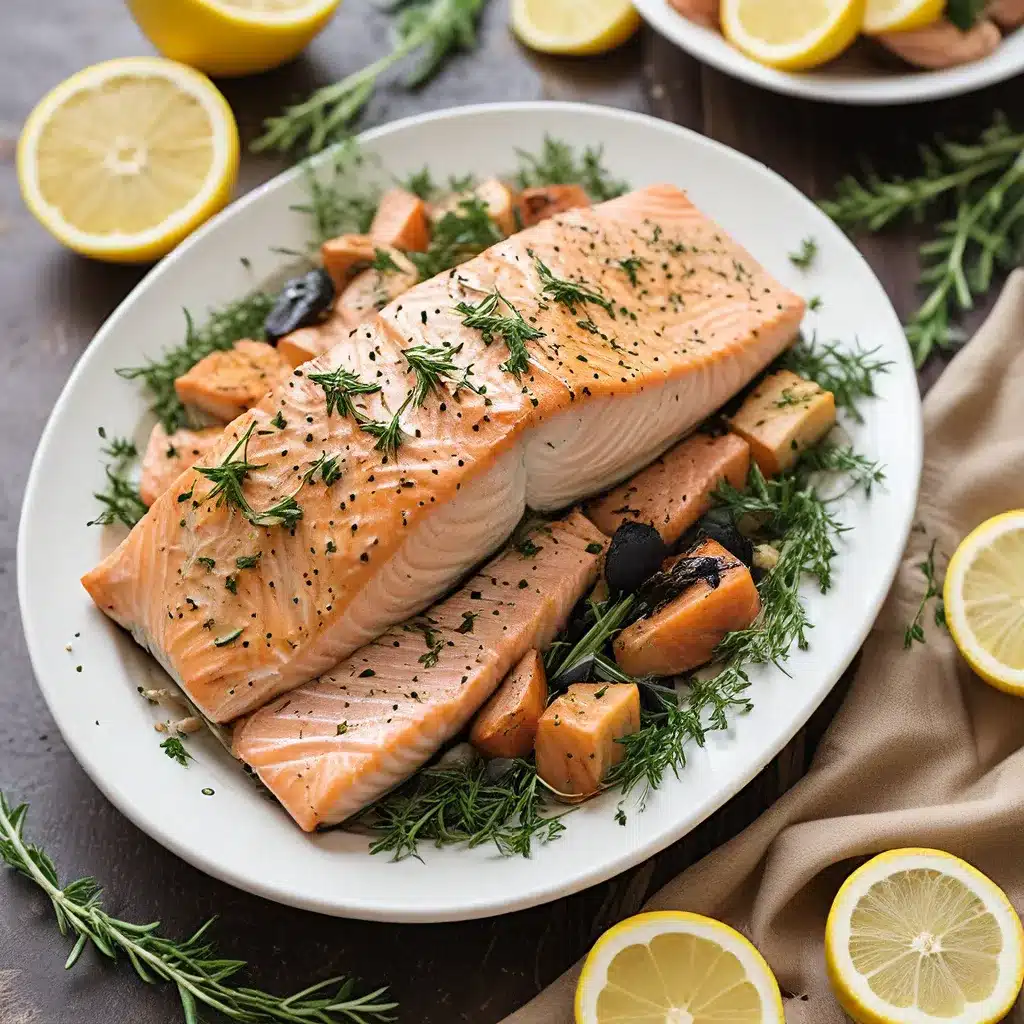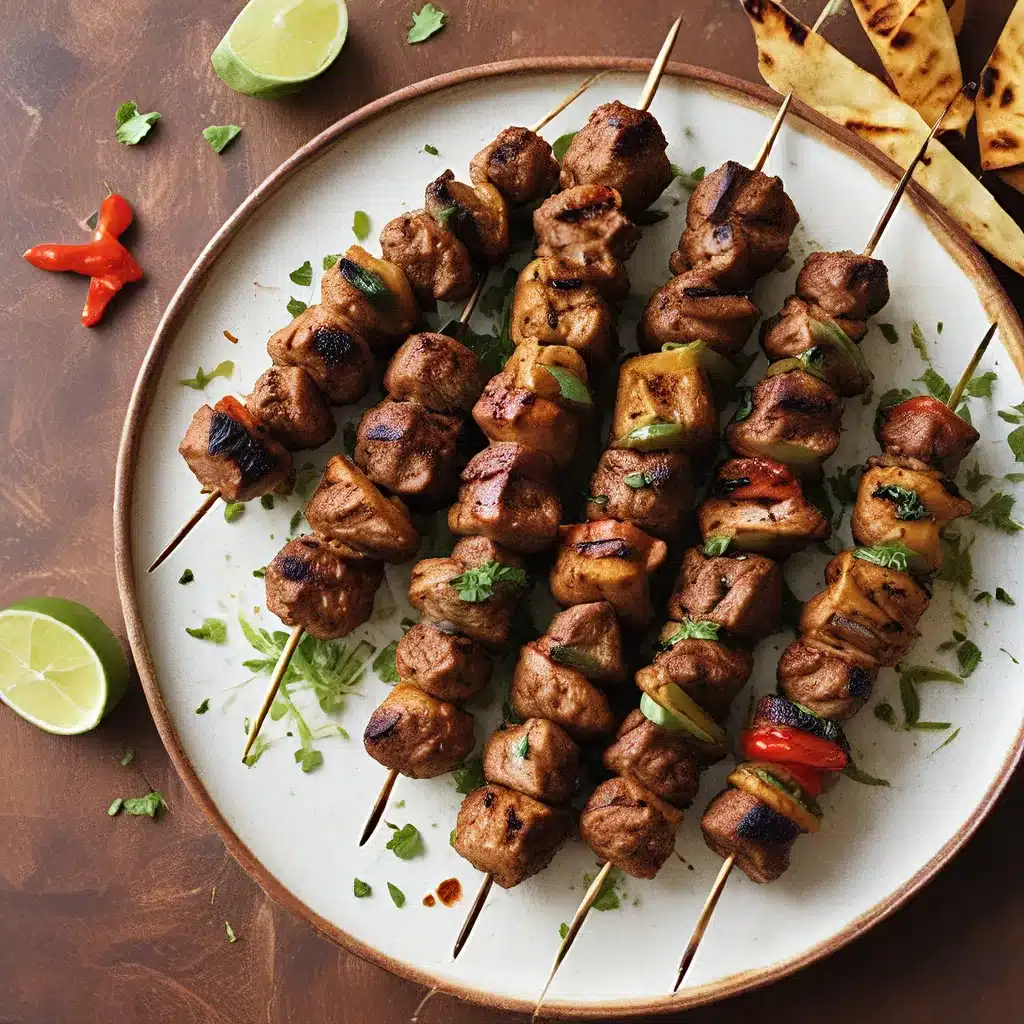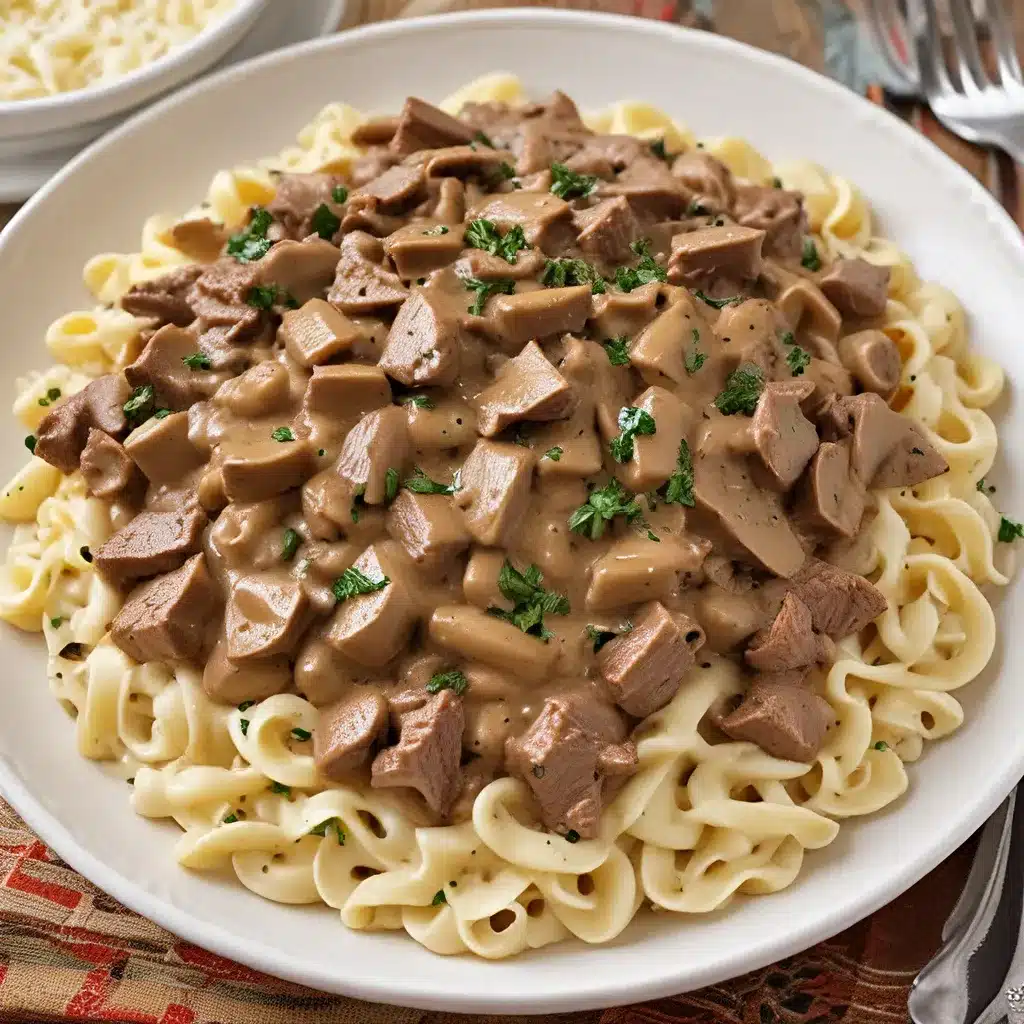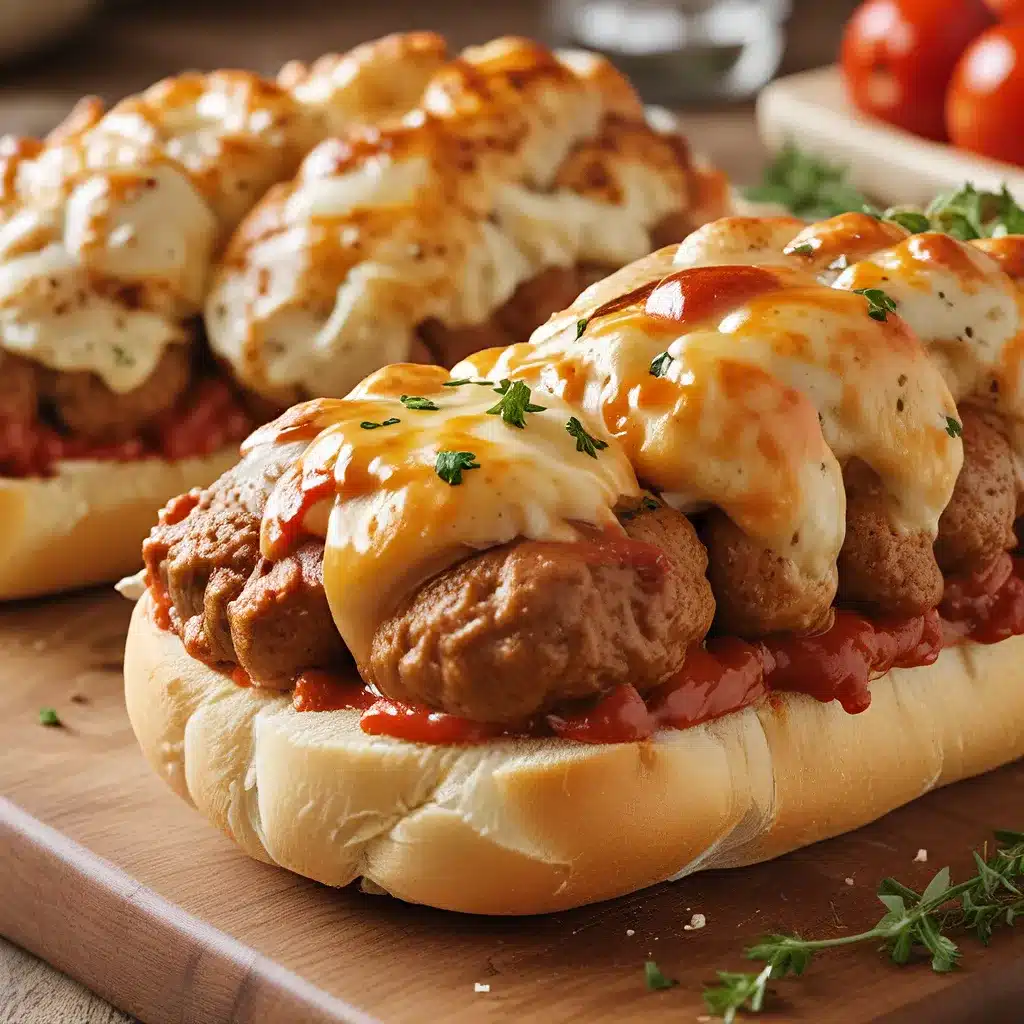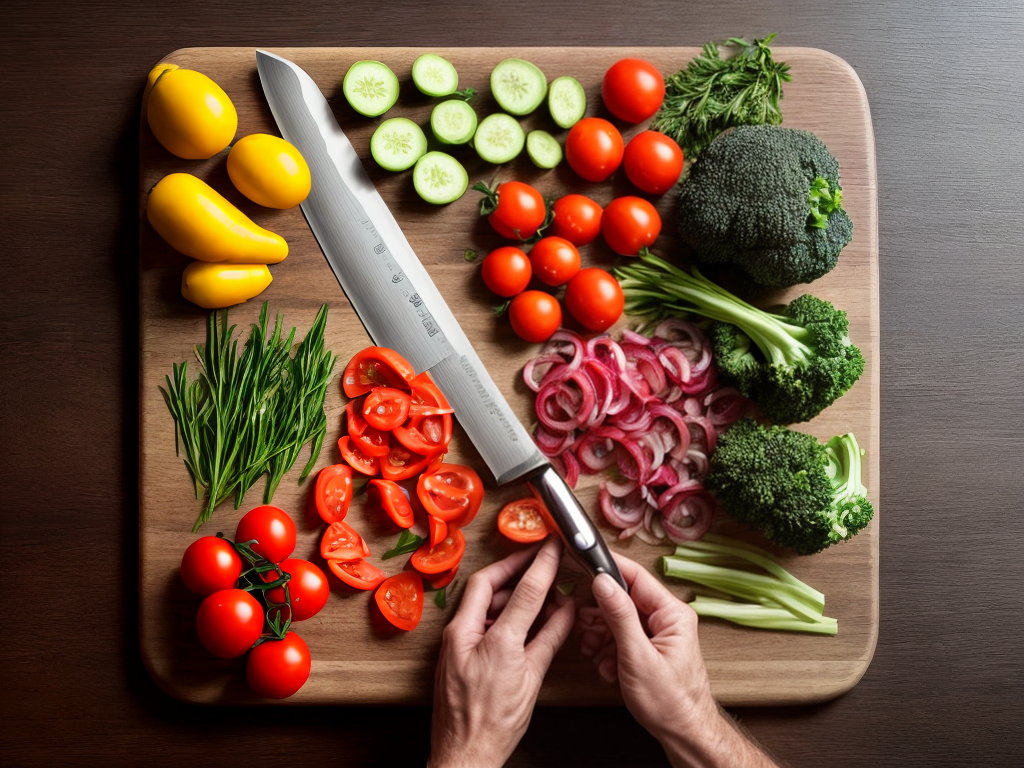
They say a dull knife is more dangerous than a sharp one. So why not master the art of knife skills? In this discussion, we’ll explore the basics that every cook needs to know. From the right grip and posture to essential knife cuts, we’ll cover it all. Learn how to handle a knife safely, sharpen and maintain its edge, and perfect slicing, dicing, and chopping techniques. With a focus on knife safety tips and best practices, this discussion will give you the confidence to tackle any recipe with precision and ease. Get ready to elevate your culinary game and unlock the secrets of the kitchen.
Knife Grip and Posture
When it comes to knife skills, mastering the proper grip and posture is essential for every cook. Having the correct knife grip and maintaining good posture while using a knife not only ensures safety but also enhances precision and efficiency in the kitchen.
To begin, let’s focus on the knife grip. Holding the knife correctly allows for better control and reduces the risk of accidents. The ideal grip involves wrapping your fingers around the handle, with your thumb resting on the side of the blade for stability. This grip provides a comfortable and secure hold, enabling you to maneuver the knife with ease.
Next, let’s address the importance of maintaining proper posture. Stand with your feet shoulder-width apart, keeping your body balanced and stable. Position your cutting board at a height that allows your forearm to be parallel to the floor, preventing strain on your wrist. Additionally, keep your non-dominant hand in a claw-like shape, using your fingertips to guide the food while keeping them safely away from the blade.
Essential Knife Cuts
Let’s talk about the essential knife cuts that every cook should know. Mastering these cuts will not only improve your efficiency in the kitchen, but also enhance the presentation of your dishes. In this article, we’ll explore basic knife grips and safety tips to ensure you have the foundation needed for successful knife cuts.
Basic Knife Grips
To master basic knife grips, every cook must develop a firm and confident hold on the handle. Proper knife handling is essential for safety and efficiency in the kitchen. Here are three important knife grips that will help you improve your knife skills techniques:
- The pinch grip: Place your thumb and index finger on opposite sides of the blade’s base. This grip provides maximum control and precision, allowing you to guide the knife effortlessly.
- The hammer grip: Wrap all your fingers around the handle, with your thumb resting on the side. This grip is suitable for tasks that require more force, like chopping through tough vegetables or meat.
- The handle grip: Hold the handle firmly with all your fingers. This grip is ideal for tasks that require less precision, such as slicing bread or buttering.
Knife Safety Tips
After mastering basic knife grips, it is crucial to also prioritize knife safety tips, particularly when it comes to essential knife cuts. Proper knife handling skills are essential to prevent accidents and ensure a safe cooking experience. To help you stay safe in the kitchen, here are some important knife safety tips to keep in mind:
| Knife Safety Tips |
|---|
| Always keep your knives sharp and properly maintained. |
| Use a cutting board with a stable surface to prevent slips. |
| Curl your fingers under and use your knuckles as a guide when chopping. |
| Keep the tip of the knife on the cutting board while slicing. |
| Store knives in a designated knife block or sheath to prevent accidents. |
How to Hold and Handle a Knife Safely
How can you ensure that you hold and handle a knife safely? Knife safety is essential in the kitchen to prevent accidents and injuries. Here are some tips to help you handle a knife safely:
- Grip the knife properly: Hold the knife with a firm grip, ensuring that your fingers are wrapped around the handle. Avoid holding the knife too tightly or loosely, as it can affect control and stability.
- Position your hand correctly: Place your index finger and thumb on opposite sides of the blade, known as the “pinch grip.” This grip provides better control and minimizes the risk of the knife slipping.
- Keep your fingers away from the blade: Always curl your fingertips inwards, keeping them behind the blade and away from the cutting edge. This helps prevent accidental cuts and ensures that you maintain control over the knife.
Knife Sharpening and Maintenance
Now let’s move on to discussing how to properly sharpen and maintain your knife. Keeping your knife sharp is essential for safe and efficient cutting. There are a few knife sharpening techniques you can use to ensure a sharp blade. One popular method is using a sharpening stone. Start by wetting the stone with water or oil, then hold the knife at a 20-degree angle and slide it across the stone in a sweeping motion, alternating sides. Repeat this process until the blade is sharp. Another option is using a honing rod. Hold the rod vertically and place the knife blade at the base, then pull the knife down and across the rod, repeating on both sides. Proper knife maintenance goes beyond just sharpening. It is important to clean your knife after each use, using warm water and mild soap. Dry it thoroughly to prevent rust. Store your knives in a knife block or on a magnetic strip to protect the blade and prevent accidents. By following these knife sharpening techniques and proper knife maintenance, you can ensure that your knives stay sharp and in good condition for safe and efficient use in the kitchen.
Slicing, Dicing, and Chopping Techniques
To achieve precise and efficient cutting, mastering slicing, dicing, and chopping techniques is essential for every cook. By improving your knife skills, you can elevate your cooking to a whole new level. Here are some key techniques to help you improve your knife skills:
- Slicing: Start by holding the knife with a firm grip and keeping your fingers curled under. Use a gentle sawing motion to create thin, even slices. This technique is perfect for slicing meats, fruits, and vegetables.
- Dicing: Begin by creating uniform slices, then stack them together and cut them into equal-sized cubes. This technique is great for ingredients like onions, peppers, and potatoes, ensuring even cooking and consistent flavors.
- Chopping: Place one hand on top of the blade, using your knuckles as a guide. With the other hand, grip the handle firmly. Use a rocking motion to chop ingredients, keeping the tip of the knife on the cutting board for stability. This technique is ideal for herbs, garlic, and nuts.
Knife Safety Tips and Best Practices
When it comes to knife safety, there are a few key points to keep in mind. First, always use proper grip techniques to maintain control of the knife and reduce the risk of accidents. Second, be mindful of where you place your cutting board to ensure it is stable and secure. Lastly, consider investing in knife storage solutions to keep your blades protected and easily accessible. By following these best practices, you can ensure a safe and efficient experience in the kitchen.
Proper Grip Techniques
What is the most effective grip technique for ensuring knife safety and optimal performance in the kitchen? Proper grip techniques are crucial for advanced knife skills and maintaining safety in the kitchen. Here are three key grip techniques to keep in mind:
- The pinch grip: Hold the knife’s handle with three fingers, while using your thumb and index finger to pinch the blade near the bolster. This grip provides maximum control and precision.
- The hammer grip: Hold the handle firmly with all fingers wrapped around it, similar to holding a hammer. This grip is ideal for heavier tasks that require more force.
- The handle grip: Hold the handle with all fingers wrapped around it, with the thumb resting on the blade’s spine. This grip offers stability and control for tasks that require less precision.
Cutting Board Placement
Moving on to the topic of cutting board placement, one important aspect of knife safety and best practices in the kitchen is ensuring the proper placement of the cutting board. A well-placed cutting board provides stability and prevents accidents while using a knife.
In addition to proper placement, it is important to maintain your cutting board regularly. Clean it thoroughly to prevent cross-contamination and sanitize it after each use. As for knife storage, there are various options available such as knife blocks, magnetic strips, or knife sheaths. By following these practices, you can ensure a safe and efficient kitchen environment.
Knife Storage Solutions
To ensure the safety and longevity of your knives, it is crucial to implement proper knife storage solutions and follow best practices for knife safety. Here are some options to consider:
- Knife block options: A knife block is a traditional and popular choice for storing knives. It keeps them organized and easily accessible. Look for a block with slots that securely hold each knife in place, preventing them from moving around and potentially causing accidents.
- Magnetic knife strips: Another effective option is a magnetic knife strip. These strips can be mounted on the wall or inside a cabinet, allowing you to display your knives while keeping them safely out of reach. The magnetic surface holds the knives securely in place, reducing the risk of them falling and causing injuries.
Conclusion
In conclusion, mastering knife skills is essential for every cook. By learning proper grip and posture, essential cuts, safe handling techniques, and sharpening and maintenance, cooks can improve their efficiency and precision in the kitchen. Additionally, practicing slicing, dicing, and chopping techniques will result in consistent and professional-looking dishes. With a focus on knife safety tips and best practices, cooks can ensure a safe and enjoyable cooking experience. Invest time in honing these skills to become a more confident and proficient cook.

